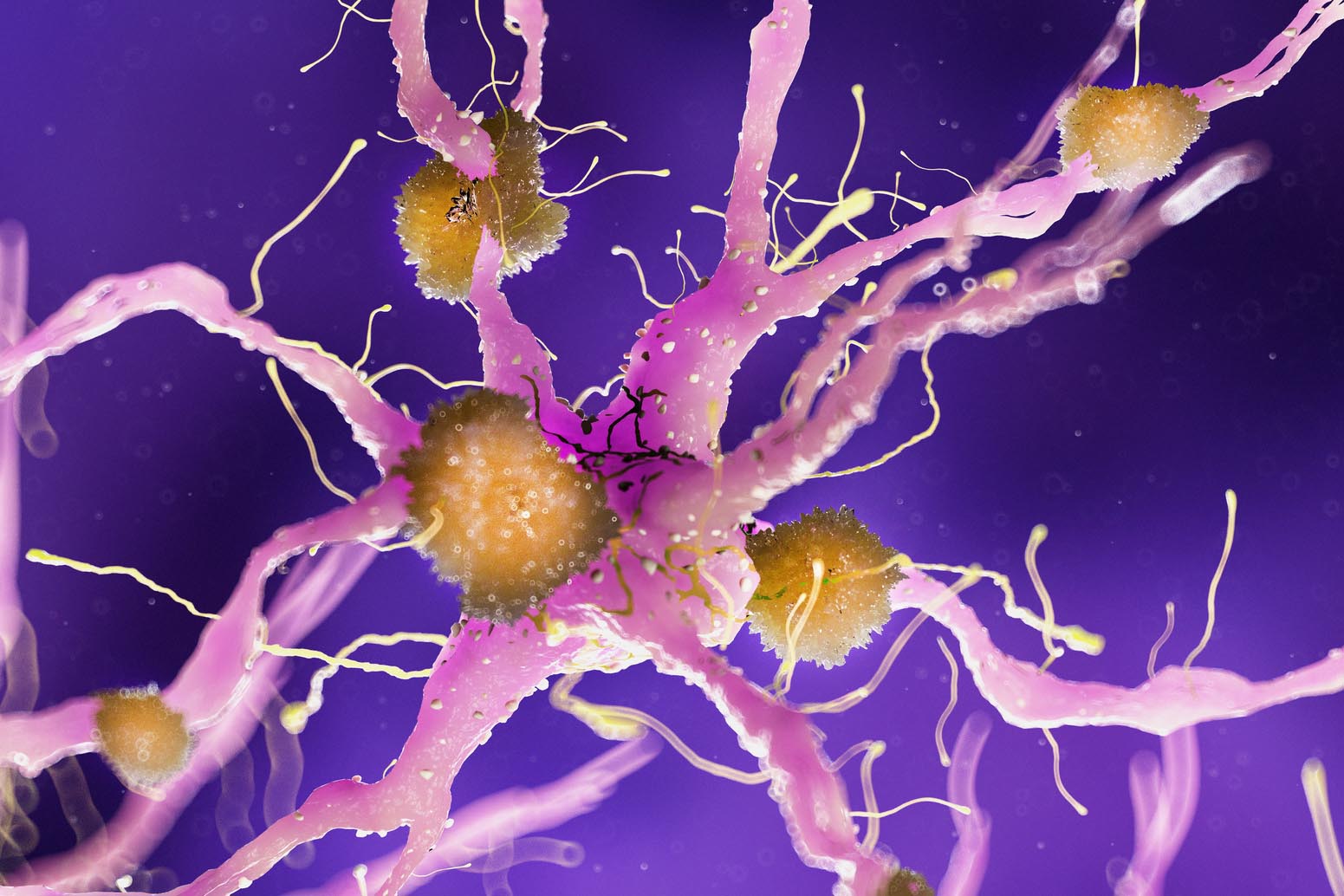• Sex differences
• Microglia activation
What is already known on this topic
Researchers have reported that gut bacteria may influence the development of Alzheimer’s disease symptoms in rodents, but the findings were limited to a single strain of mice.What this research adds
In a second mouse model for Alzheimer’s disease, long-term antibiotic treatment reduced inflammation and the formation of amyloid plaques. But the reduction was only seen in male mice, where antibiotics altered the activation of microglia.Conclusions
The findings further support the idea that specific gut bacteria can influence the development of Alzheimer’s disease.
Antibiotic treatment reduces Alzheimer’s disease symptoms in male mice, study finds. The work, published in The Journal of Experimental Medicine, supports the idea that specific gut bacteria can influence the development of Alzheimer’s disease.
This chronic neurodegenerative disease leads to severe memory loss and is associated with the formation of plaques and inflammation in the brain.
Several studies on the gut-brain axis have shown that the gut microbiota plays a critical role in brain development, behavior, and the physiology of microglial cells. These cells not only constitute the first line of defense against injury and infection, but also contribute to brain development by regulating cell death, cell survival, and synapse formation and pruning.
Researchers have reported that gut bacteria may influence the development of Alzheimer’s disease symptoms in rodents by altering the function of microglia. But the findings were limited to a single strain of mice.
So Hemraj Dodiya at the University of Chicago and his colleagues analyzed the effects of long-term antibiotic treatment in a second mouse model of Alzheimer’s disease that exhibits the build-up of amyloid fibrils by the age of 6–7 weeks.
Sex differences
Mice treated with antibiotics had a less diverse gut microbiota compared to untreated mice. The researchers observed no differences in microbiota composition in male and female mice during the first 20 days of life, but at 7 weeks of age, females had higher levels ofAkkermansia muciniphila andAllobaculum bacteria compared to males.
The antibiotic treatment also caused sex-specific alterations of circulating inflammatory molecules. In particular, male mice had decreased levels of pro-inflammatory cytokines and elevated levels of anti-inflammatory and neuroprotective molecules. In contrast, female mice had increased levels of pro-inflammatory factors.
Microglia activation
In male mice, long-term antibiotic treatment resulted in reduced formation of amyloid fibrils and decreased amyloid plaque size.
When the researchers looked at the morphology of microglia cells in both female and male mice, they observed that males treated with antibiotics had lower numbers of microglia near amyloid plaques compared to females. The microglia of treated females were instead characterized by larger cell bodies and fewer dendritic branches, a morphology that is thought to promote neurodegeneration.
To prove that the improvements in Alzheimer’s symptoms were caused by alterations in the gut microbiota composition, the researchers transferred gut bacteria from untreated mice into animals that had been treated with antibiotics. The procedure changed the gut microbiota make-up of the recipient mice and caused an increase in amyloid plaque formation and microglial activation.
The findings show that antibiotic-mediated changes of the gut microbiota composition have sex-specific influences on Alzheimer’s symptoms. Further work is needed to investigate whether these differences can be attributed to any particular type of bacteria, the scientists say.











